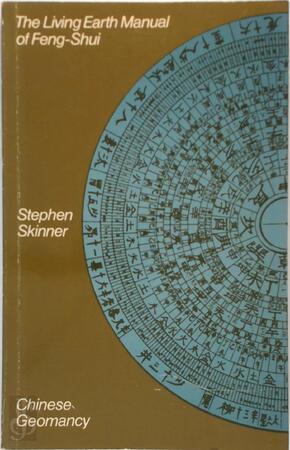Peter W. Flint commented on The Living Earth Manual of Feng-Shui by Stephen Skinner
Content warning Chapter Summaries
Ch. 1: Introduction to concept of feng-shui, terms, principles, and schools of thought. A landscape is balanced by active (yang) energy and passive (yin) energy. The dwelling and the gravesite are the respective archetypes of these two energies in the built environment. Properly siting each of these is the primary goal of feng-shui. Two schools developed in this endeavor. The Form school uses an intuitive approach of reading geomorphology to determine sites for buildings. The Compass school uses metrics and analysis. Once a building is sited, additional landscape elements are introduced to correct any disturbances in flow of energy.
Ch. 2: “Energy” is referred to as chi. In its simplest sense, chi is the vital energy conferred by the breath that animates the mind and body. However, it exists along all layers of physical space, including the landscape. Chi has a variety of qualities, but the major sheng chi and ssu chi reflect the yang/yin balances observed. The purpose of feng-shui is to slow and collect chi while not allowing it to stagnate. Lengthening and curving water courses is one approach to this. Planting wind breaks or fencing is another. Chi transforms its quality throughout the day and according to influence of the planets. Each landscape element therefore requires attention and balance, as well as an outlet to allow continuous flow across neighboring sites.

